
Preparing For Your Summer Road Trip: The Ultimate Guide
This summer road trip guide includes:
- How to respond during an unexpected emergency.
- Driving tips that will help keep you and your family safe.
- A comprehensive checklist for getting your vehicle prepared.
- What to place in your emergency kit, including something we overlook.
- Best times of the week to drive and the risks that come with summer travel.
This comprehensive guide consists of three parts: getting your vehicle ready, what to pack, and how to stay safe while driving. We want you prepared for every mile of your summer road trip, and there are a few important things to consider before taking off.
“Summer is supposed to be the most carefree time of the year, but unfortunately, that’s not really true on the roads,” explained Maureen Vogel, Senior Manager of Public Relations, National Safety Council. “Over the summer months, we see more people on the roads driving longer distances, and increased traffic means increased crash risk.”
Section #1: Preparing Your Vehicle Beforehand
Multi-Point Inspection
Have your oil changed and your tires rotated – even if it’s a little early, that’s okay. Doing so allows a trusted mechanic the chance to perform a proper multi-point inspection before your trip. Let them know you are traveling so they can do a comprehensive check of your vehicle’s major components and systems.
“If you’re a month or 2,000 miles away from your oil change due date, then definitely get an oil change if you plan to travel far,” said Vic Sias, Senior Head of Service Management, YourMechanic. “Make sure they do a thorough review of your fluids, battery, engine, and tires.”
“Most shops will check your tires over, measure your brake pads, and check all your fluid levels as part of a standard service,” explained Bob Cockerham, General Manager of REAL Volkswagen Parts. “Proper maintenance also reduces the odds of a sudden failure, which means you’re less likely to be inconvenienced by a car problem on your trip.”
When The Rubber Meets The Road
Tires are an “out of sight, out of mind” item, but according to one study, we should replace our tires sooner than we think. Worn tires put you and other drivers at risk, especially during a summer road trip. Research from AAA finds that driving on even relatively worn tires at highway speeds and on wet surfaces can increase stopping distances by nearly 90 feet. That’s more than the length of an eighteen-wheeler.
“Tires should be checked every time you fill-up. If your tire pressure is too low or too high, and it’s a hot day, you can have a problem at highway speeds,” Cockerham said. “On a hot summer day, tires can literally fall apart as you’re driving down the road. This can be very dangerous.”
“The summer heat is especially bad for tires. In the heat, asphalt temperature can top 140 degrees,” Sias added. “If tires are under-inflated and get too hot, they’ll start peeling apart and shredding on the road.”
If you need some insight into the best tires, browse through this comprehensive guide. Our review team has examined the affordability, industry reputation, reliability, and tread-life warranties of the 10 best tire brands available today. In that guide, we also cover tire types, industry grading standards, tire maintenance, and how to choose the right tires based on your needs.
Similarly, we recommend keeping a portable inflator in your vehicle during your summer road trip. We currently own this inexpensive 12V Slime Inflator and have had good luck with it.
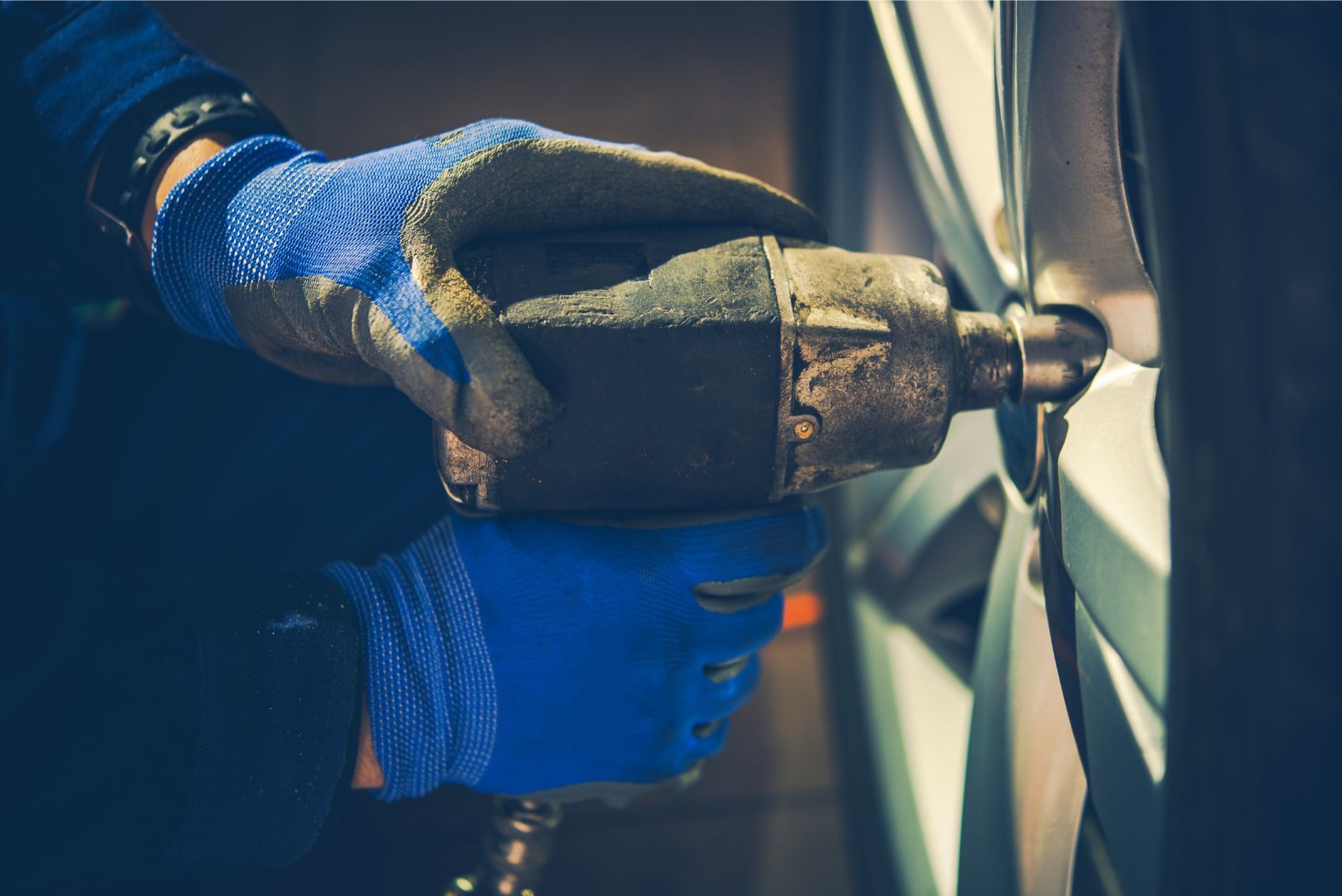
Staying Cool
Your car’s cooling system should be in tip-top shape before you leave. The cooling system contains vital components like the radiator, thermostat, and water pump, with various hoses and valves. Engines typically run between 190 and 210 degrees Fahrenheit, with 240 degrees being the danger zone for overheating. Your engine is more prone to overheating on a long trip, especially when traveling through the desert in the middle of the day.
“On most summer road trips, you’re driving for three to four hours at a time, so that puts unusual pressure on the engine and coolant system,” Sias explained. “Especially in the summer heat, if the water pump fails, that spells disaster. Your car will start losing coolant, overheat, and steam will start coming out of the engine.”
“Another one of the biggest issues we see with summer temperatures and vehicle failures are in the AC system,” Cockerham added. “People have a failing AC system but don’t necessarily realize it because the problem started in the fall or winter.”
The best sign of a failing air conditioner is also one of the easiest: it simply won’t blow cold air. AC systems, since they are pressurized, are completely sealed and must remain so to function correctly. As the miles add up, the rubber O-rings on the high-pressure lines can deteriorate. If this happens, it causes a leak whereby moisture enters the lines and creates an acidic environment when it mixes with the refrigerant. As the leaking continues, it prevents your interior from getting cool.
“Air conditioners have a way of breaking down right when you need them most,” Sias said.
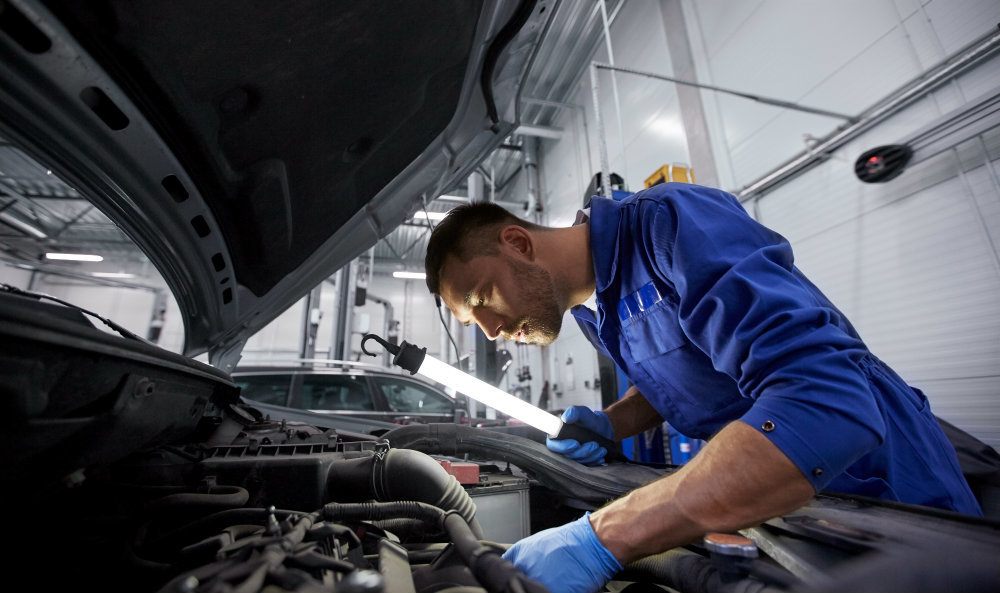
Seasonal Woes
A YourMechanic study in 2018 analyzed the most common car repairs by season. The study ultimately found HVAC failures, broken cooling fans, and window lift motors are among the most common issues when the weather gets toasty. Timing chains are also more susceptible during the summer as grit and grime can work their way into the oil that coats the timing chain.
“Keep in mind that some issues with your car are unpredictable,” explained Brandon Grade, Service Advisor at Findlay Toyota in Las Vegas, Nevada. “It’s true that regular maintenance and inspections can help a problem be caught before a catastrophic failure happens. But I don’t believe you will be able to prevent a window motor failure, regardless of how well you maintain your car.”
Depending on your vehicle’s mileage, age, and condition, an extended warranty may prove beneficial. Our research team reviewed more than 20 extended warranty providers to determine which companies offer the best coverage for the money.
“Knowing what the owner’s manual says will help you maintain your car correctly, so it’s recommended to follow the manufacturer’s guidelines as close as possible,” Grade said. “However, for the things you cannot anticipate with your vehicle, an extended repair warranty or extended maintenance contract can save you a lot of headaches.”
Recap (Remember To “CHECK”)
- Change your oil and rotate your tires.
- Have a complete multi-point inspection done.
- Engine health starts with your car’s cooling system.
- Cover your bases by having an extra bottle of washer fluid.
- Keep in mind certain repairs are more common in the summer.
The Big 8: Have A Trusted Mechanic Inspect These Things
- Wipers
- All Major Fluids
- Exhaust System
- Cooling System
- Brake Pads & Rotors
- Tire Tread & Pressures
- Suspension & Steering
- Exterior Light Operation
Section #2: What To Pack
In a study conducted by Siegfried & Jensen, 62 percent said they were ready to handle an emergency on the road. However, the Utah-based law firm found a stark difference between what respondents believe counts as “prepared” versus how prepared they actually are. Eight essential items were sourced from AAA, the Car Care Council, DMV.org, driving-tests.org, and the Washington State Department of Transportation. Respondents were asked what “recommended essentials” they keep in their cars.
“We were very surprised to find most Americans only have four out of the eight recommended essentials in their car,” said Ned Siegfried, President of Siegfried & Jensen. “This misplaced confidence suggests there isn’t enough being done to educate drivers about how to get their vehicles ready.”
“Every car should have an emergency kit, even if your car is brand new,” Vogel added. “The best car kits include flashers, jumper cables, orange cones, flashlights, and blankets.”
Don’t Pass On The Atlas
Although Google Maps and Waze are super convenient and probably an afterthought for most of us, having a road atlas in the glove box is still a good idea. If your summer road trip takes you somewhere you have never been, you don’t want to compound the situation in case you lose signal. Siegfried & Jensen’s survey found less than a quarter of Americans keep a paper map handy.
“In some of the more remote parts of the U.S., finding a satellite signal is never certain, and your GPS is rendered useless,” Siegfried said. “Maps are more reliable and will never die on you, unlike a cell battery.”
“Plan your route, know where you are going, and review the route before heading out,” added Public Information Officer Ian Hoey of the California Highway Patrol’s Office of Community Outreach and Media Relations. “This will help you not to rely solely on electronic navigation systems.”
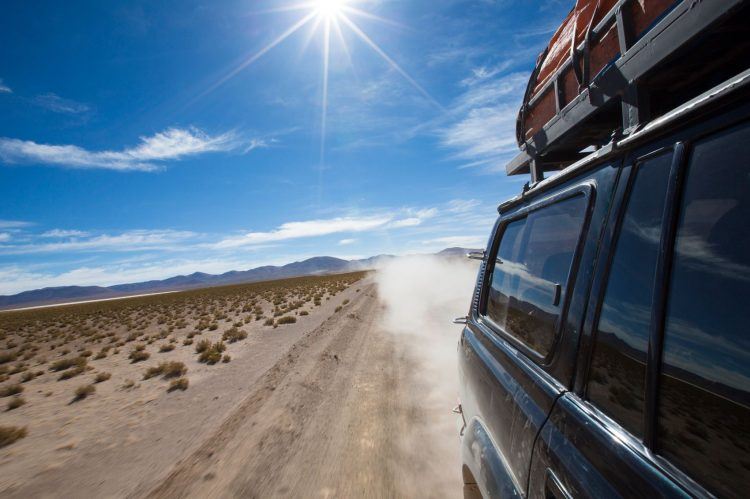
Include Games & Grub
AAA recommends packing books and games for the kids and an extra pillow and blanket. Healthy snacks are a must, especially for those long summer road trips. We recommend cutting up fresh vegetables and fruit and placing them in a small cooler or Ziploc bag. Almonds, cashews, and other assorted nuts are perfect.
“Be sure to keep a case of bottled water and know the symptoms of dehydration,” Siegfried added.
Don’t Pack Your Ego
A study from Esurance backs the findings of Siegfried & Jensen that overconfidence hurts our driving. Esurance asked respondents to rate their driving skills on a scale of one to five, with one being the least safe and five being the best. Perhaps not surprisingly, 76 percent awarded themselves either four or five stars. However, when asked, 93 percent said they engaged in at least one unsafe driving behavior, while one in four admitted to engaging in multiple risky behaviors when behind the wheel.
“Not only do they put themselves at risk, but multi-tasking drivers also increase the risk of injuring or killing their passengers, bicyclists, pedestrians, or innocent victims traveling in another vehicle,” Hoey said. “It is the responsibility of all of us who drive to help keep the roads safe.”
Recap (Remember The Four P’s)
- Plan your route.
- Pack a safety kit.
- Pile up the snacks.
- Put an atlas in your car.
The Big 8: Have These On Your Summer Road Trip
- Water
- Tool Kit
- Flashlight
- Spare Tire
- First Aid Kit
- Road Flares
- Jumper Cables
- Tire Changing Tools
Section #3: How To Stay Safe While Driving
Summer poses a number of inherent risks for travelers; for example, July 4th is one of the most dangerous days to drive based on the number of injuries and fatalities that take place on that day alone.
“If you are traveling around a holiday, anticipate an increase in traffic, and be especially alert for impaired drivers,” Vogel said. “We might let our guards down in the summer as we celebrate holidays and take vacations, but defensive driving is key.”
Best Time To Travel: Daylight Is Ideal
Congestion and heavy traffic may be part of your summer road trip while going through a major city. Just go with it and try not to get anxious. You can travel later at night to avoid rush hour, although it’s not ideal.
“When we drive at night, we work against our Circadian rhythm and expose ourselves to a greater risk of fatigue,” Vogel said. “It’s best to drive during the day.”
“When it comes to traveling during the day versus the night, it is more of a personal preference; however, traveling at night will have its own challenges,” Hoey explained. “Reduced visibility, the potential for increased wildlife activity, fatigue, and the fact there will be fewer services available, including gas stations, restaurants, and tow services should you require them.”

Best Time To Travel: Weekend Versus During The Week
A 2018 study from Avvo examined data from the Fatality Analysis Reporting System for 2016 to see when crash-related fatalities were at their highest. The findings are helpful when trying to determine when to begin your summer road trip. Based on the data, the most dangerous times to drive are the late afternoon and early evening. By contrast, the fewest fatalities occurred during the morning hours between 7:00 a.m. and 9:59 a.m.
“We were surprised to see car crash deaths are over 85 percent higher during the after-work rush hour between 4:00 p.m. and 6:59 p.m. than during the morning rush hour between 7:00 a.m. and 9:59 a.m.,” said Jeremy Reitman, Avvo’s Vice President of Organic Marketing.
Avvo’s study found that nearly 7,000 fatalities occurred on Saturdays in 2016, with Friday not far behind at 5,826 deaths. The figures show the most dangerous time to travel is Saturday night after 10 p.m., but that risk extends into the early morning hours of Sunday, with 1:00 a.m. to 3:59 a.m. being equally as risky.
Be Wary of Weary Driving
According to the National Sleep Foundation, 60 percent of Americans have driven while drowsy, and one-third have actually fallen asleep at the wheel. The foundation says after we are awake for 18 hours, it’s the equivalent of a .05 blood alcohol level (.08 is considered drunk). If we burn the candle at both ends and are awake for 24 hours – perhaps after a sleepless night or long shift at work – it’s like having a blood-alcohol level of .10.
“A sleepy driver is a danger to everyone on the road,” Hoey said. “Pull over and rest when you start to become fatigued.”
Yawning, heavy eyes or quick blinking, and lane drifting are common symptoms of drowsy driving. Please don’t risk it to squeeze out those last few miles. Rolling down the windows and blaring the radio are not effective strategies either. Find a place to stop and get some rest.
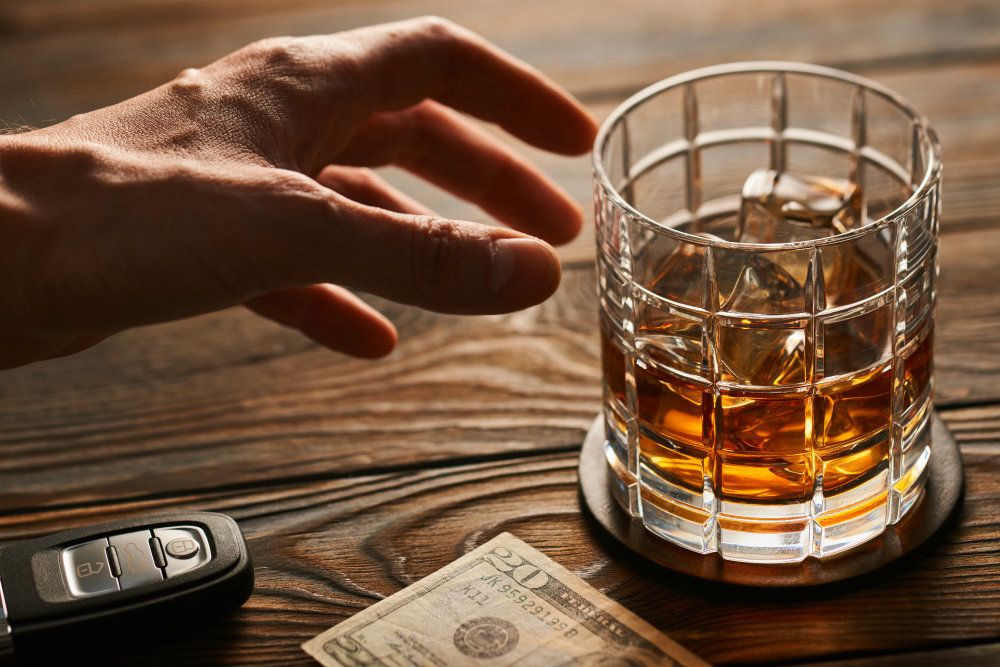
Drinking & Driving Don’t Mix
According to Mothers Against Drunk Driving, someone is injured every two minutes in an alcohol-related accident. Every 51 minutes, a person is killed, making drunk driving one of the primary causes of death on American roads.
“The law and common sense make it clear that driving any vehicle, including recreational vehicles, while under the influence of alcohol or drugs is a critical mistake,” Hoey said. “The law is even stricter for drivers under 21 or on probation for a prior DUI conviction.”
Be aware of the risk, as two in three will be impacted by drunk driving in their lifetime. When setting out on your summer road trip, don’t risk it by starting the party too soon. Drunk driving accidents are 100 percent preventable if we choose to travel responsibly.
“Driving under the influence also includes drugs,” Hoey added. “You can be arrested for DUI cannabis – including edibles, concentrates, and other products – prescription drugs and even over-the-counter drugs if they impair your ability to safely operate a motor vehicle.”
“If you see someone driving erratically, do not hesitate to call the authorities once you can safely do so,” Vogel said.
What To Do During An Emergency
Regardless of the emergency, find a clear place to pull off the road and dial 911. Relay everything necessary to the dispatcher. Always keep tabs on where you are while traveling. It will help the 911 operator if they have your current location, the direction of travel, and the nearest cross streets if applicable. Explain, as best you can, the nature of the emergency, be it a crash, crime, fire, or medical event.
“Most importantly, try to remain calm,” Hoey said. “Help is on the way.”
Deer and other wildlife can also be a concern during your summer road trip. If an animal darts out in front of you, resist the urge to suddenly yank the wheel. A U.S. Department of Transportation study found no human injuries in over 95 percent of wildlife collisions. While you will be understandably rattled, the findings show the biggest threat to your physical health in these situations is panicking and swerving out of control.
You can do a few other things to reduce your chances of hitting a deer or other wild animal. The main thing is to keep your speed down. And if you hit a deer, the animal is not your responsibility. Regardless of the outcome, the responsibility of taking care of the animal falls to the authorities.
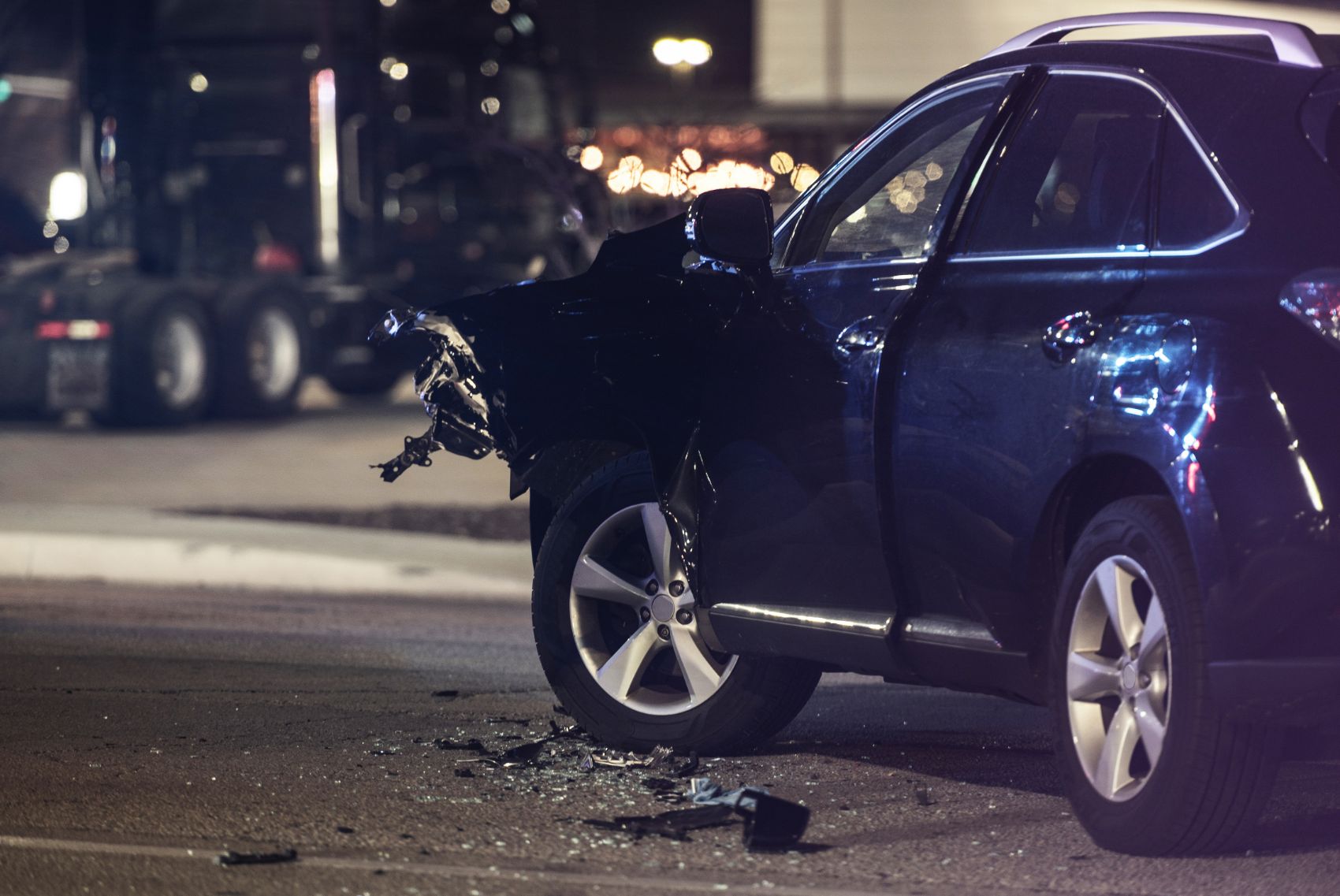
Be Aware of Car Theft
Data from the National Insurance Crime Bureau (NICB) shows vehicle thefts in the U.S. have risen over the last few years. Car theft is primarily a crime of opportunity as thieves generally opt for the path of least resistance. Don’t leave your keys or other valuables in plain view to give thieves an easy incentive.
“Auto thefts saw a dramatic increase in 2020 versus 2019 in part due to the pandemic, an economic downturn, law enforcement realignment, depleted social and schooling programs, and, in still too many cases, owner complacency,” said David Glawe, President and CEO of the NICB. “For many people, a car is the second largest investment they will ever make behind a home. As such, it is important to take simple steps to protect your investment.”
The NICB encourages everyone to utilize these “Layers of Protection” when it comes to preventing car theft. If your vehicle is ever stolen, contact local law enforcement and your insurance provider as soon as possible.
While traveling on your summer road trip, park in well-lit, secure areas. Try to stop at modern rest areas and reputable hotels where you and others would quickly notice suspicious or strange activity. If someone approaches you and demands your vehicle, calmly give it to them and call the police when they leave.
“We advise citizens to never challenge a car thief or try and confront them in the act,” said First Lieutenant Michael Shaw, Second District Public Information Officer for the Michigan State Police. “Although valuable, your car is only metal and not worth your life.”

Overall Best Practices For A Safe Summer Road Trip
Packing always takes longer than we think, and you may not exactly leave on time for your summer road trip. That’s okay. Don’t drive faster to try and make up for lost time; you only put yourself and your family at risk. Defensive driving is best; obey all posted speed limits, leave yourself “an out” in traffic (i.e. don’t follow too close), and don’t fall victim to road rage.
Resist the urge to look at your phone. According to NHTSA, sending or reading a text takes roughly five seconds. At 55 mph, your vehicle will cover an entire football field by the time you look up again.
“Also, buckle up before you turn on the ignition, and make sure all passengers are as well,” Vogel said. “Driving defensively and wearing a seat belt are the most important things you can do to protect yourself.”
Recap (Remember The Six D’s)
- Daylight is best for traveling.
- Dial 911 during an emergency.
- Drinking and driving don’t mix.
- Drugs and driving don’t mix either.
- Drowsy driving is just as bad as both.
- Distracted driving is not worth the risk.
The Big 8: If You Are Stopped By Law Enforcement
- Slow down when you see a patrol vehicle behind you displaying red lights.
- Pull your vehicle to the right and stop in a safe location.
- Place the vehicle in park.
- Lower your driver and passenger side windows and wait inside.
- If necessary, be willing to exit your vehicle.
- Otherwise, keep both hands on the steering wheel or where they are visible at all times.
- Wait for the officer to approach and listen to the officer’s instructions.
- If you are carrying a concealed weapon, use common sense, and do not reach for it.
Sources: AAA, Avvo, California Highway Patrol, Esurance, Mothers Against Drunk Driving, National Highway Traffic Safety Administration, National Insurance Crime Bureau, National Safety Council, National Sleep Foundation, Siegfried & Jensen, YourMechanic.
Original article: Preparing For Your Summer Road Trip: The Ultimate Guide


